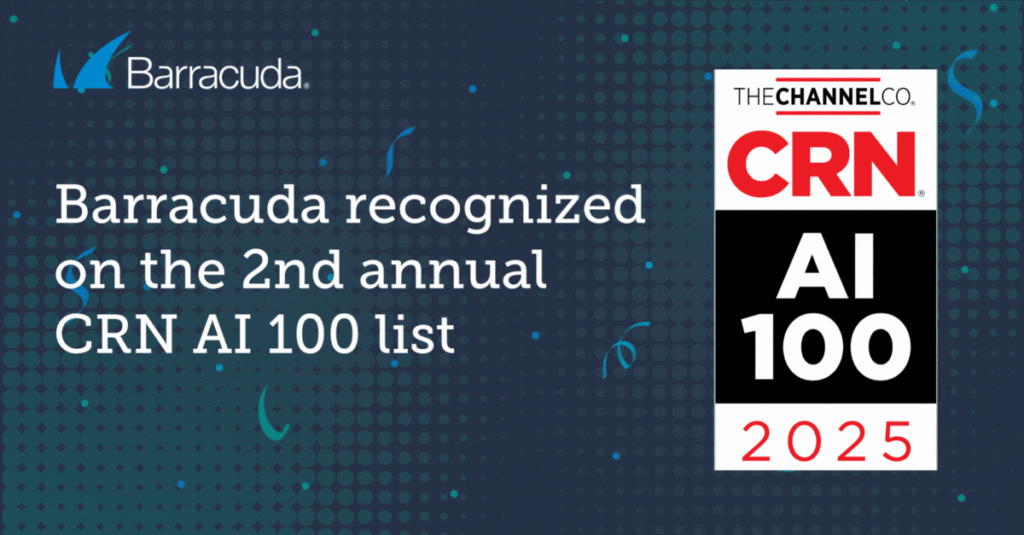
 Do you know that moment when you hit send on a prospecting email, feeling confident it will start a conversation?
Do you know that moment when you hit send on a prospecting email, feeling confident it will start a conversation?
And then—nothing. No reply. No engagement. Just radio silence.
You’re not alone. MSP reps are feeling it, watching their email prospecting get ignored. Not because prospects aren’t interested or your services aren’t compelling. It’s because your B2B sales emails look like every other generic MSP sales pitch clogging their inbox.
Why traditional prospecting emails aren’t working anymore
Low response rates aren’t a sign your team isn’t working hard—they’re a sign your emails aren’t landing. Here’s what’s getting in the way:
- Generic messaging. If your email could apply to anyone, it’s getting ignored.
- Poor timing. Most emails go out without knowing where the prospect is in their buying journey.
- Weak follow-ups. “Just checking in” doesn’t move the conversation forward. It ends it.
The solution isn’t sending more emails. It’s sending smarter, more personalized ones at scale. That’s where AI comes in.
Personalization works. But doing it manually for every prospect isn’t realistic. Reps don’t have time to research, write, and follow up with precision. AI helps fill that gap.
How can AI help fix your B2B prospecting emails?
AI isn’t just about reaching more prospects. It’s about partnering to make every email relevant and personalized. Get rid of the weak messaging. Here’s how AI can assist with writing more effective prospecting emails:
1. Personalize using prospect activity and data
AI takes the guesswork out of personalization by analyzing prospect data from tools like HubSpot and LinkedIn. Instead of spending time digging through activity logs or profiles, your team can rely on AI to surface insights—like recent page views, downloads, or job changes—and turn them into timely, relevant messaging.
Example: If a prospect downloads a cybersecurity report, AI can automatically reference that resource in the follow-up email. The result? Outreach that feels thoughtful, not templated, and happens in seconds instead of hours.
2. AI ensures your emails sound like you (not a bot)
I know what you’re thinking. Doesn’t AI-generated outreach sound stiff and unnatural?
Not if you use it the right way. AI isn’t meant to replace you. It’s intended to speed up your process so you can refine the message to reflect your company’s tone and style.
Here’s how you keep your outreach from feeling robotic:
- Use AI for structure, but add your personality. AI drafts a solid first version, but you tweak it to reflect your voice.
- Keep it conversational. AI can follow prompts describing the tone you want to convey.
- Focus on their problem first, not your solution. AI can help pull in the right pain points so you’re addressing real challenges.
Example: “Write an introductory email to [Prospect’s Name] at [Company], referencing their recent download of our cybersecurity report. Write using a warm, consultative tone as if I were speaking to the prospect over coffee.”
3. Speed up personalization without losing relevance
Manually crafting cybersecurity outreach for each prospect takes time that most salespeople don’t have. AI steps in to handle the heavy lifting. It generates first-draft emails and applies basic personalization based on known data, like industry or recent incidents. That means your salesperson can focus on tailoring the message or handling follow-ups.
The result: You save time and still deliver personalized outreach that speaks directly to your prospects.
What data can you use with AI for personalization?
AI works best when it’s powered by strong, relevant data. By pulling insights from platforms like HubSpot, LinkedIn, and current industry trends, you can create outreach that speaks directly to what your prospect cares about – without starting from scratch each time.
1. Tap into HubSpot data for precise outreach
Your CRM holds valuable details about your prospect’s behavior: what pages they’ve visited, what content they’ve downloaded, and how they’ve interacted with your emails or site. AI can turn this data into customized messages that speak to their specific concerns.
Example: If a prospect downloads a cybersecurity report, AI can create a follow-up email that references the report and invites them to explore strategies for protecting their business from similar risks.
Prompt:
“Using the HubSpot activity for [Prospect’s Name] at [Company], draft a personalized email referencing their recent download of the cybersecurity report. Suggest a brief call to discuss risk mitigation strategies tailored to their industry.”
2. Use LinkedIn activity for relevant, timely outreach
LinkedIn offers a wealth of context about your prospects. AI can tap into it to help you turn these signals into messages that feel timely, relevant, and personalized to what’s happening in their professional world.
Example: If a prospect recently commented on a post about cybersecurity best practices, you can reference that engagement to start a conversation about how your services align with their concerns.
Prompt: “Act as a consultative sales expert. Use the uploaded LinkedIn data for [Prospect’s Name] at [Company] to craft an outreach email. Reference their recent comment on cybersecurity and invite them to a quick strategy call to discuss how we help businesses like theirs stay secure.”
3. Use industry trends to build credibility and relevance
Referencing current industry trends shows prospects you understand their world and the challenges they’re facing. AI can help you incorporate timely insights like compliance changes or rising threat patterns so your outreach feels informed and relevant.
Example: If you’re reaching out to a financial services company where cybersecurity is a growing concern, your email can highlight recent threat trends and how your services directly address them.
Prompt:
“Act as a professional sales consultant. Use the uploaded industry insights on cybersecurity challenges in the financial services sector to write a personalized email to [Prospect’s Name] at [Company]. Show how our cybersecurity services help address these industry-specific risks and invite them to a webinar on proactive threat protection.”
Ready to bring AI and data into your prospecting emails?
By combining AI with insights from HubSpot, LinkedIn, and your industry expertise, you can deliver timely, personalized outreach that resonates with decision-makers. It’s a smarter way to scale your lead generation, boost engagement, and reach more qualified prospects.
Contact us today to see how we help MSPs use AI and data to simplify outreach and connect with the right prospects at the right time.
Photo: jacoblund / Shutterstock
This post originally appeared on Smarter MSP.

